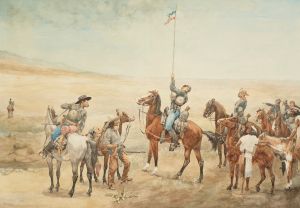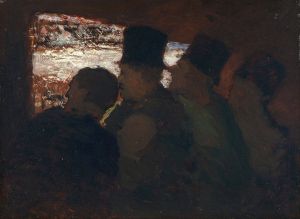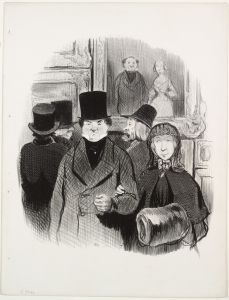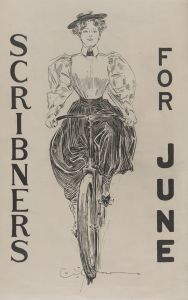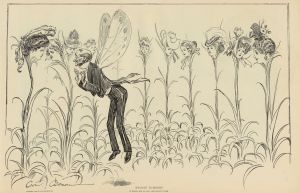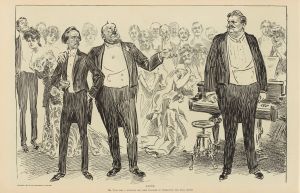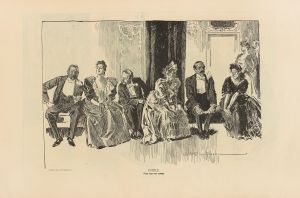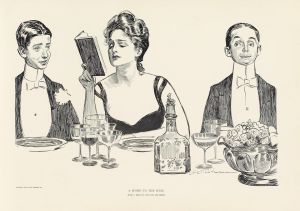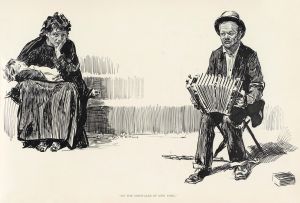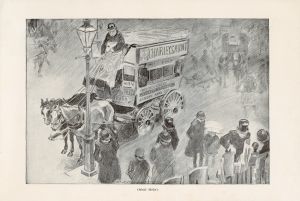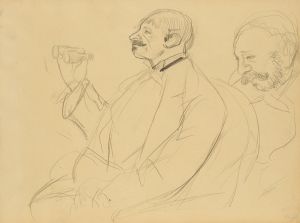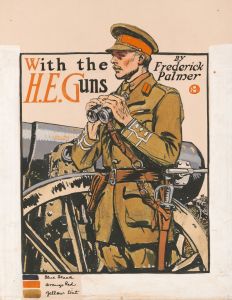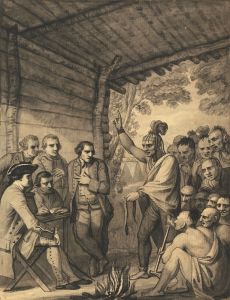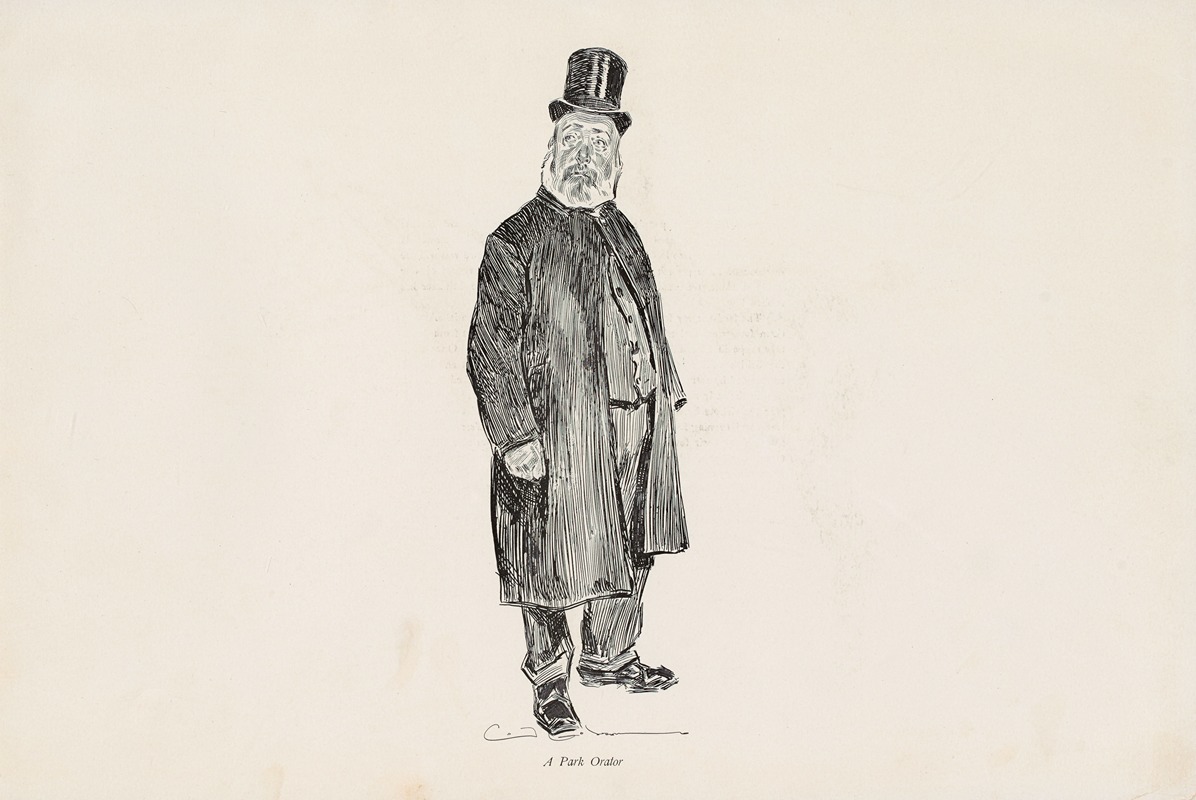
A Park Orator
A hand-painted replica of Charles Dana Gibson’s masterpiece A Park Orator, meticulously crafted by professional artists to capture the true essence of the original. Each piece is created with museum-quality canvas and rare mineral pigments, carefully painted by experienced artists with delicate brushstrokes and rich, layered colors to perfectly recreate the texture of the original artwork. Unlike machine-printed reproductions, this hand-painted version brings the painting to life, infused with the artist’s emotions and skill in every stroke. Whether for personal collection or home decoration, it instantly elevates the artistic atmosphere of any space.
Charles Dana Gibson was an influential American illustrator best known for his creation of the "Gibson Girl," a representation of the idealized American woman at the turn of the 20th century. His work was widely published in magazines such as Life, Harper's Weekly, and Scribner's, and he became one of the most celebrated illustrators of his time. Among his numerous works, "A Park Orator" stands out as a notable example of his keen observational skills and his ability to capture the nuances of social interactions.
"A Park Orator" is a black-and-white illustration that depicts a scene in a public park, a common setting for Gibson's work, which often explored themes of social life and public spaces. The illustration features a man standing on a small platform or bench, gesturing animatedly as he addresses a crowd gathered around him. The crowd is composed of various figures, including men, women, and children, all dressed in the typical fashion of the late 19th to early 20th century. The expressions and postures of the crowd members vary, with some appearing engaged and others indifferent or skeptical.
Gibson's work is characterized by its detailed line work and the ability to convey complex social dynamics with minimal text. In "A Park Orator," he uses these skills to highlight the diversity of public opinion and the role of public speaking in civic life. The illustration captures a moment of democratic engagement, where individuals from different walks of life come together to listen, debate, and form opinions.
The setting of a park is significant, as parks were common venues for public discourse during this period. They provided a space where people could gather freely, exchange ideas, and participate in the democratic process. This theme of public engagement is a recurring one in Gibson's work, reflecting the cultural and social milieu of his time.
Gibson's illustrations, including "A Park Orator," are often seen as a reflection of the societal norms and values of the Gilded Age and the Progressive Era in the United States. His work provides insight into the fashion, social structures, and public life of the time, making it a valuable resource for historians and art enthusiasts alike.
While "A Park Orator" may not be as widely recognized as some of Gibson's other works, such as those featuring the "Gibson Girl," it remains an important piece within his oeuvre. It exemplifies his talent for capturing the essence of American life and his contribution to the field of illustration. Through his art, Gibson offered a window into the world of his contemporaries, documenting the complexities and contradictions of an era marked by rapid change and modernization.





